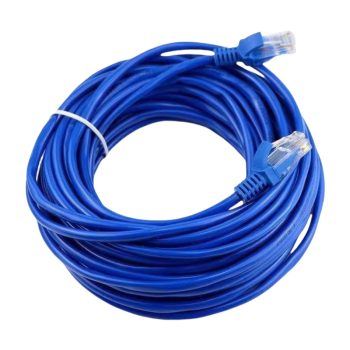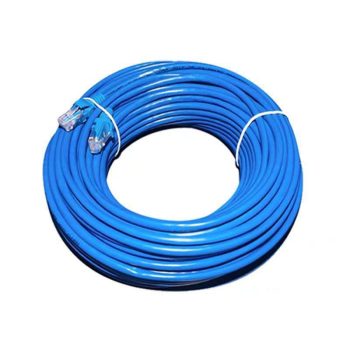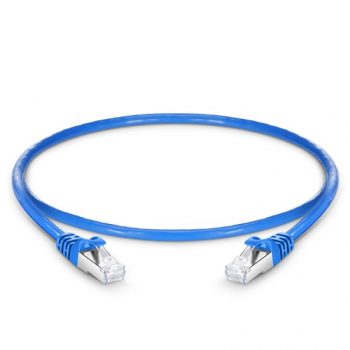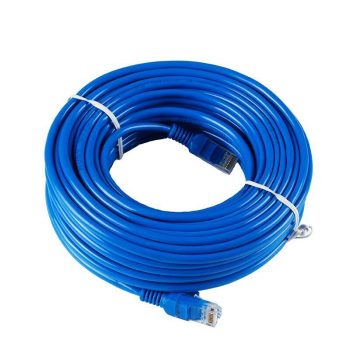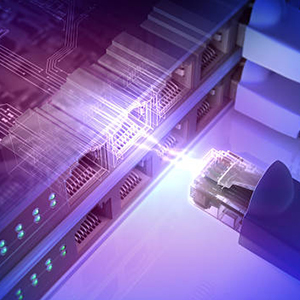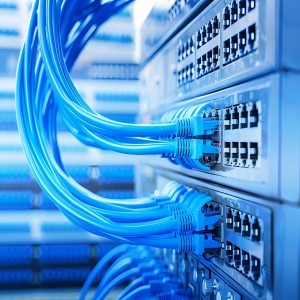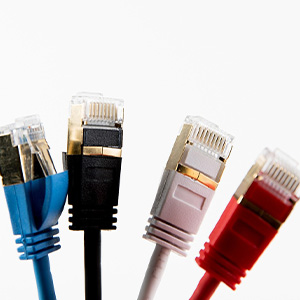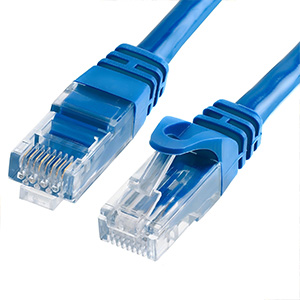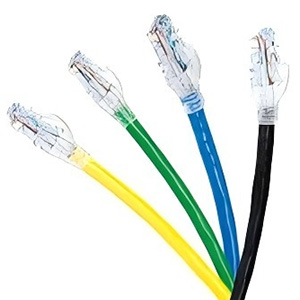In outdoor environments, Ethernet cables face various challenges, including exposure to ultraviolet radiation, humidity, extreme temperatures, and physical damage. Therefore, selecting the right Ethernet cable for outdoor use is crucial. This article will detail the characteristics, types, and factors to consider when choosing outdoor Ethernet cables.
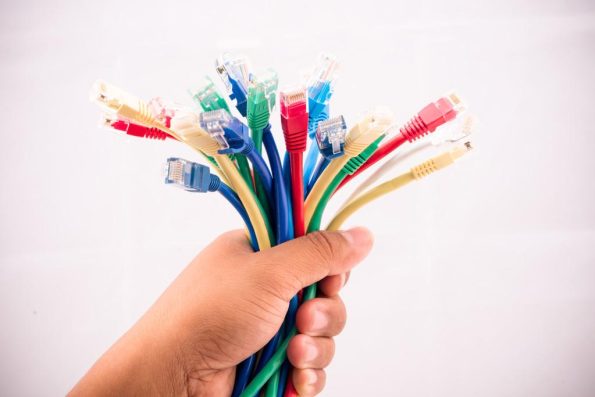
Characteristics of Outdoor Ethernet Cables
Outdoor Ethernet cables must be waterproof and weather-resistant to ensure network efficiency and stability. These features protect the cables from moisture, which can cause signal loss or even complete system failure. Additionally, this protection helps prevent physical damage from extreme heat or cold and UV radiation, thereby extending their lifespan.
Types of Outdoor Ethernet Cables
Cat5e Outdoor Ethernet Cables
Cat5e outdoor Ethernet cables are favored for their UV resistance, moisture resistance, and ability to withstand extreme temperatures. They are typically made with solid or stranded copper conductors to minimize electromagnetic interference and crosstalk. With a bandwidth of 100MHz, Cat5e cables support speeds up to 1Gbps and are best suited for applications within 100 meters.
Cat6 Outdoor Ethernet Cables
Cat6 cables support speeds up to 10Gbps and frequencies up to 250MHz. These cables are more tightly twisted, with two or more twists per centimeter. While Cat6 cables can transmit speeds of 37Gbps over 55-10 meters, they are highly recommended for applications requiring higher bandwidth and speed due to their superior performance and versatility.
Cat6a Outdoor Ethernet Cables
Cat6a Patch Cables are well-suited for outdoor use due to their enhanced performance and durability. These cables support speeds of up to 10Gbps over distances of 100 meters, making them ideal for high-speed data transmission in outdoor environments. They are designed with weather-resistant jackets that protect against moisture, UV radiation, and extreme temperatures, ensuring reliable performance over time.
Cat7 Outdoor Ethernet Cables
Cat7 can transmit data up to 50Gb at 40 meters and up to 15Gb at 100 meters. This type of Ethernet cables features extensive shielding to reduce signal attenuation. Suitable for data centers and large enterprise networks, Cat7 cables have not yet been approved as a telecommunications cable standard.
Factors to Consider When Choosing Outdoor Ethernet Cables
Material Quality
Select cables with jackets made from UV-resistant materials such as PVC or high-density polyethylene (HDPE) to effectively function as part of your outdoor Ethernet setup. These materials prevent damage from excessive sunlight, moisture, and low temperatures.
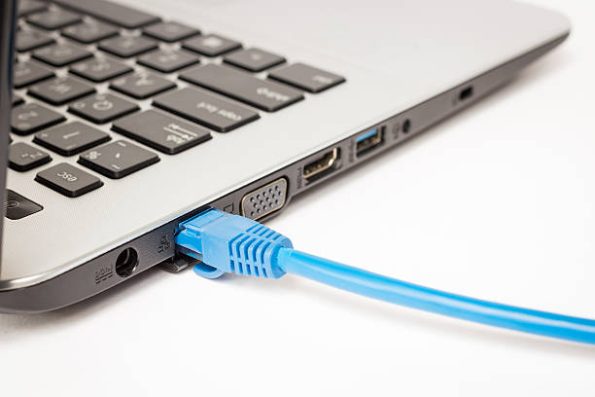
Shielding Technology
Cables with double or multi-layer shielding can better defend against natural elements while maintaining signal integrity, preventing electromagnetic interference (EMI) and radio frequency interference (RFI) from affecting the wires.
Speed and Performance
Choose cables that support higher data transfer rates, such as up to 10Gbps, and can maintain performance over long distances. Using gold-plated connectors can also enhance signal integrity and durability, ensuring a more reliable connection.
Installation Suitability
Choose cables designed for direct burial with snag-free connectors so they won’t get damaged during installation; available in a variety of lengths as needed, ensuring flexibility when used in different setups.
Installation and Maintenance of Outdoor Ethernet Cables
The installation of outdoor Ethernet cables requires special attention to ensure long-term reliability and performance. Here are some best practices for installation and maintenance:
Cable Pulling
When threading wires through conduits, use fish tapes or pulling ropes, as these materials prevent excessive force from damaging the wire insulation during the pulling process.
Sealing and Testing
Seal all conduit entrances and exits tightly with waterproof substances, such as silicone sealant, to prevent moisture from entering, which could affect long-term performance. After installation, test the integrity and signal transmission efficiency using a cable tester.
Conclusion
Choosing the best Ethernet cables for outdoor use involves considering the cable’s physical protection, bandwidth capacity, speed, and environmental adaptability. Cat6 and Cat7 cables are often the ideal choice for outdoor applications due to their high performance and durability. Proper installation and maintenance also help ensure the reliability of the network and the long-term performance of the cables.

